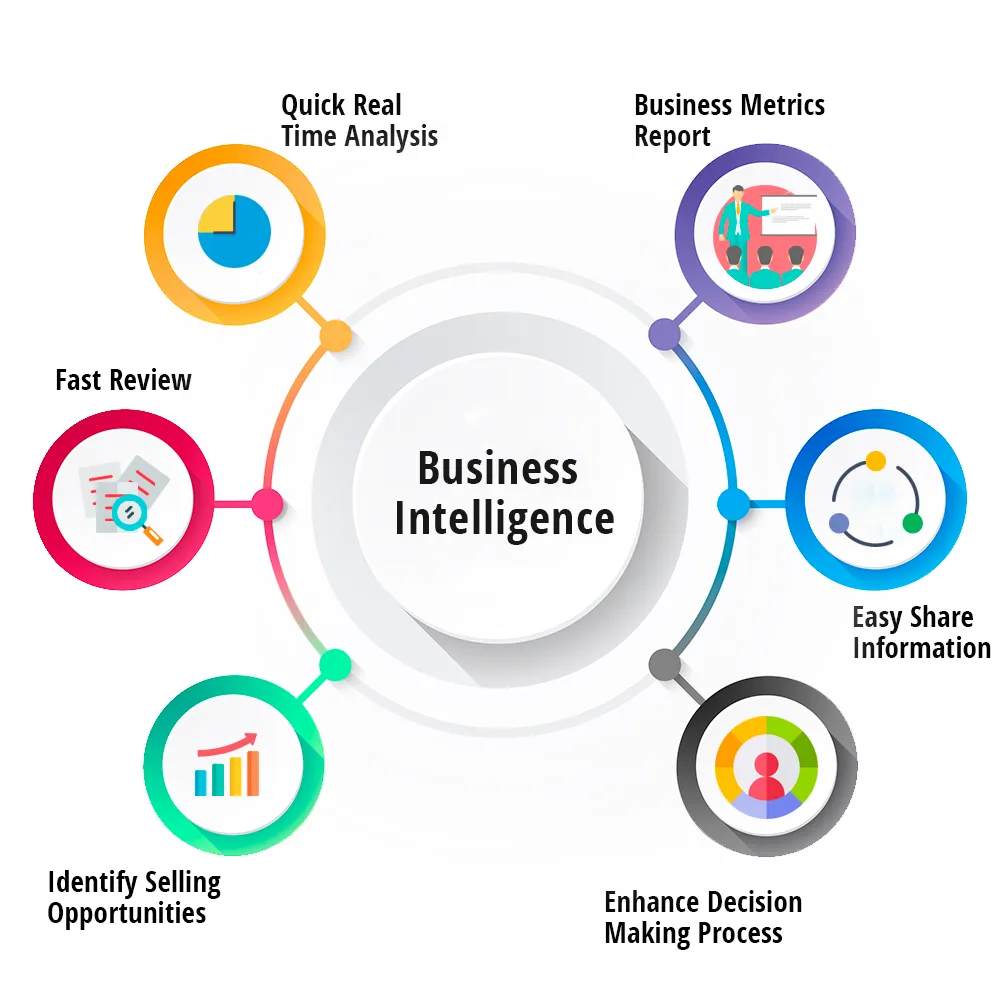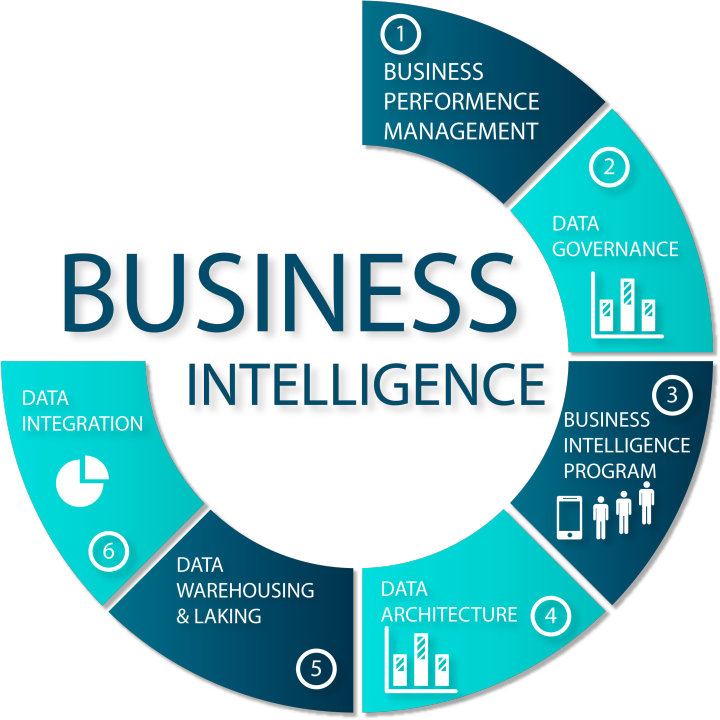Introduction
BI systems combine data gathering, data storage, and knowledge management with analytical tools to present complex internal and competitive information to planners and decision makers.
Implicit in this definition is the idea (perhaps the ideal) that business intelligence systems provide actionable information delivered at the right time, at the right location, and in the right form to assist decision makers. The objective is to improve the timeliness and quality of inputs to the decision process, hence facilitating managerial work.
Sometimes business intelligence refers to on-line decision making, that is, instant response. Most of the time, it refers to shrinking the time frame so that the intelligence is still useful to the decision maker when the decision time comes. In all cases, use of business intelligence is viewed as being proactive. Essential components of proactive BI are :
1. Automated anomaly and exception detection,
2. Proactive alerting with automatic recipient determination,
3. Geographic information systems (Appendix I)
Business Intelligence tools (BI Tools)
Are useful to identify customer behavior, improve the visibility and efficiency of a business. It helps to collect data from the dynamic business environment and make effective decisions.
In this article, we will discuss BI and its significant effects and some BI tools to implement it effectively.
- BI is a software collection used to support the decision-making process by analysts and managers.
- Business Intelligence can be defined as analyzing and processing a large amount of data and then converting it into knowledge-based information to support some profitable business decisions.
- BI Environment comprises business models, data models, and ETL tools to organize and transform the data into useful information.
- BI uses some terms like:
1. Big Data is a collection of large and complex data sets that contains structured and unstructured data which may be difficult to process and analyze using traditional database management tools.
2. Data Warehouse is a subject-oriented and integrated system for reporting and analyzing the data to support a decision-making process.
3. Data Mining is a process of applying some statistical techniques on a large amount of raw data and turns it into useful information with new patterns and relationships among large relational databases.

Impact of Business Intelligence
BI has been proven useful for business organizations in the following ways;
- Get a quick solution for critical business complexities.
- Align business activities according to corporate strategies and tactics.
- Employee Empowerment
- Reduction in data manipulation time.
- Get insights into customers
- Recognize critical areas for cost estimation.
- Enhance business productivity
Challenges with BI Implementation
Though several organizations implementing BI actively and proven it useful for their business, there are some challenges to implementing it.
Some of them are listed below:
- There is a huge amount of data that is gathered every day but not possible to process all at a given time.
- Lack of strategy.
- User adoption that is driving users or groups of users using different ways doesn’t want to change it unless the method they are using becomes time-consuming and inefficient.
- Justifying investments that are estimating the cost of discovering new methods on the business process.
- Change in management.
- Managing non-transactional data.
- Enterprise data governance.
- Connection gap between IT and business users.
- Access to information for a wide range of users.
- Security and Customization Integration.

